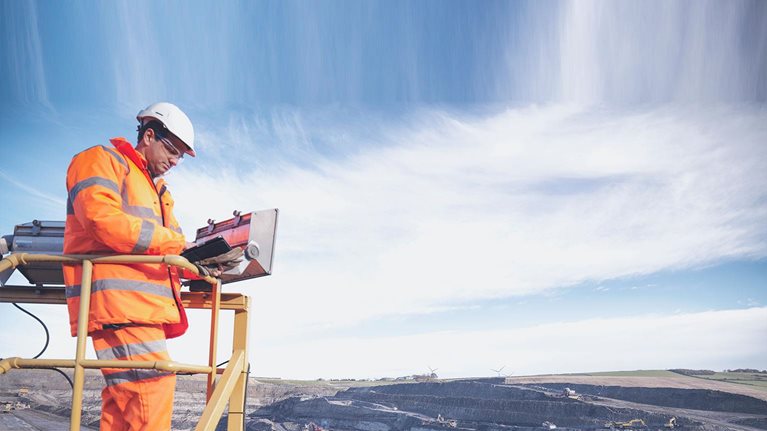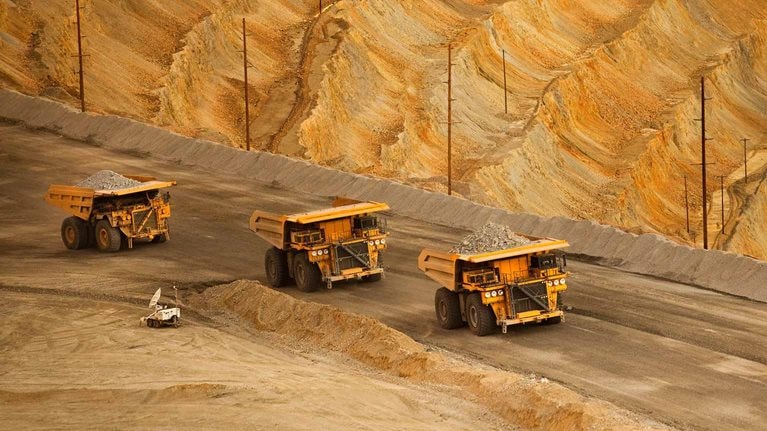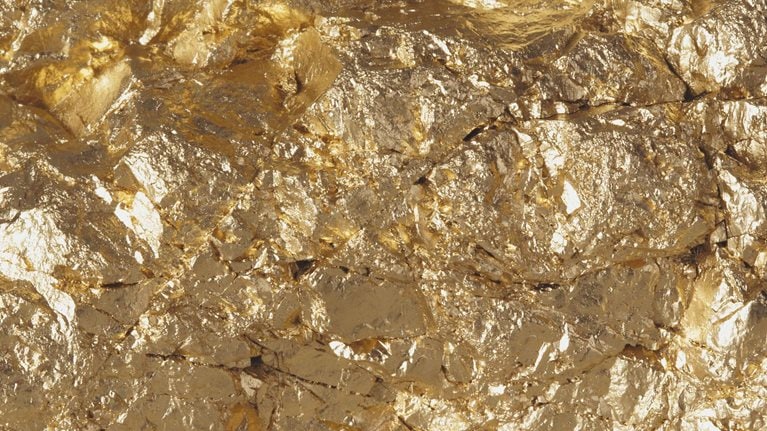Indonesia produces about 27 percent of the global nickel supply. Announcements made by the Indonesian government concerning the raw ore (<1.7 percent) export ban have contributed to the nickel price rising to about $17,000 to $18,000 per tonne, from approximately $12,000 in July (Exhibit 1).

Such announcements relate to a policy dating back to 2014 and are aimed at encouraging downstream investments and preventing unsustainable mining of the country’s nickel resources. This resulted in an increase in class 2 nickel production in the form of nickel pig iron (NPI) and ferronickel (FeNi). The policy has also had an impact further down the value chain, with the ramp-up of the first low-cost Indonesian stainless steel plant in Morowali. Concerning battery-grade nickel, investments in high-pressure acid leaching (HPAL) facilities are ongoing, but due to known operational difficulties it remains uncertain whether these projects will be successful.
Philippines environmental protection
As the world’s second-biggest nickel ore exporter, all eyes are on the Philippines (Exhibit 2).

Although it is likely that miners will increase their production to compensate for the loss of Indonesian ore, this will also depend on how the different levels of the Philippine government manage the situation based on its own environmental policies. In September, the Bangsamoro Autonomous Region in Muslim Mindanao (BARMM) announced the suspension of nickel extraction indefinitely in its jurisdiction, potentially threatening between 100 thousand tonnes (kt) and 150 kt of nickel supply.
Would you like to learn more about MineSpans?
New Caledonia expansions
In New Caledonia, Eramet’s recent financial difficulties have triggered the French government to increase the ore export allowance to 4 million tonnes (Mt) from the current approximately 1.3 Mt. This would add some 40 kt of nickel content to the market.
Where do we go from here?
We analyzed the nickel ore export outlook for Southeast Asia (Exhibit 3).

- In the short term, the second half of 2019 starts to show a sharp rise in exports out of Indonesia to China to meet the allowed quotas before the ban is implemented. With the lack of earnings from exports, the Indonesian ore export ban as of 2020 might delay funding for NPI smelters in the country.
- In the medium term, ore exports from New Caledonia and the Philippines will ensure a stable supply. The continued ramp-up of Indonesian NPI and FeNi smelters will be the alternative to the banned Indonesian ore. Depending on the development speed, this could potentially cause a nickel class 2 oversupply.
- In the long term, the increase in prices and the growth of nickel demand for EV batteries will continue to incentivize miners in Indonesia to develop HPAL facilities. In the rest of the world, miners are already accelerating the reopening and development of their assets. In the past few weeks Vale, First Quantum, and Royal Nickel have announced the restart and continued development of their nickel assets.
According to MineSpans analysis, prices have shown that the future of the nickel market will continue to be bound to the Southeast Asian governments’ policies. The way miners in these jurisdictions react to regulatory changes (and uncertainty) will be a defining factor in the expected supply-demand balance of the different nickel products along the value chain.


